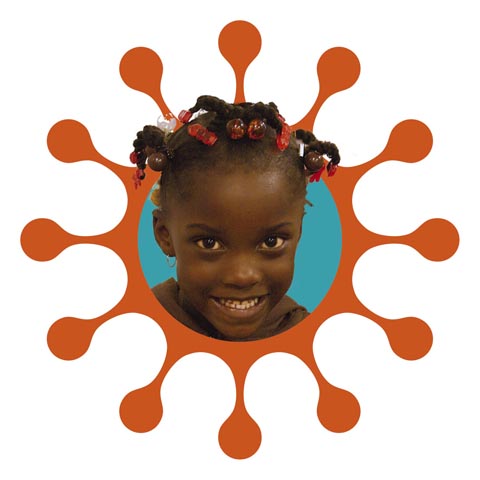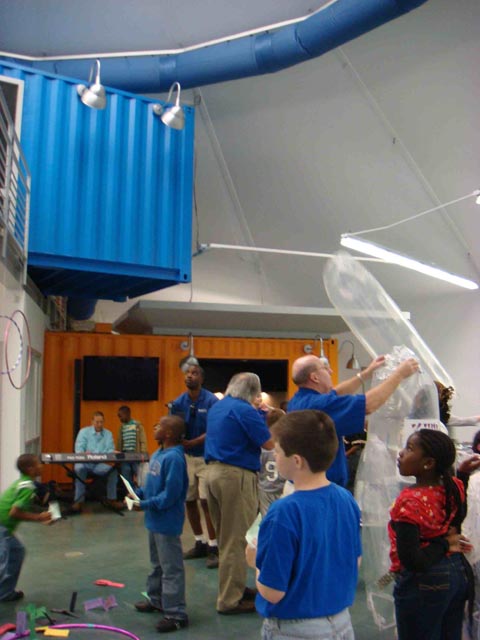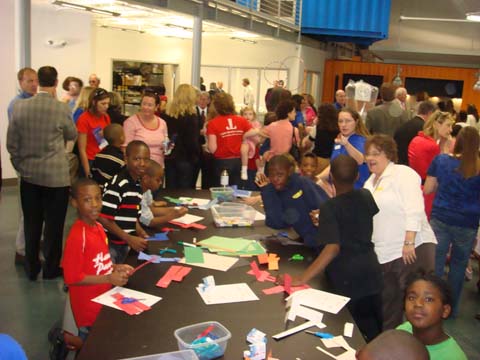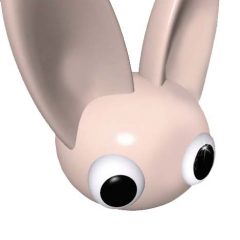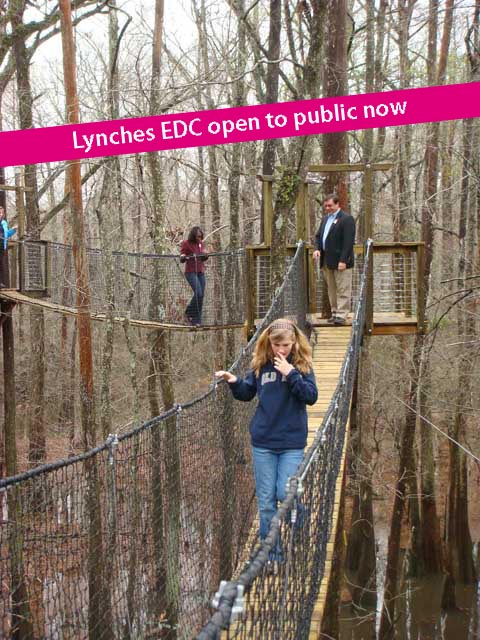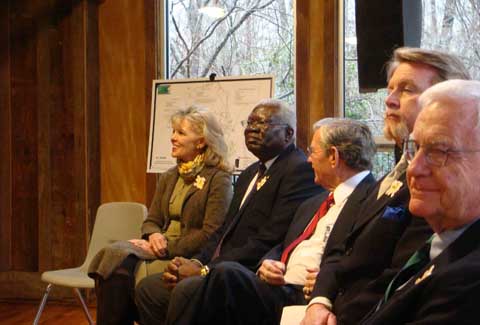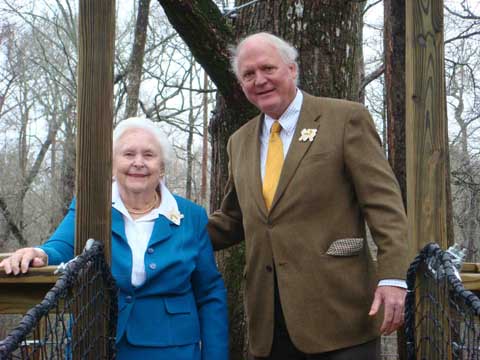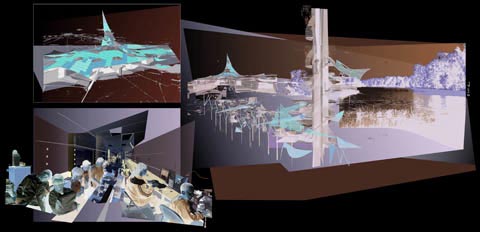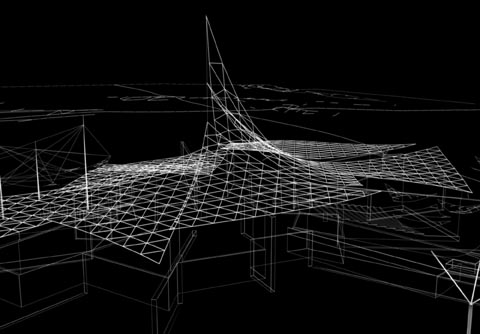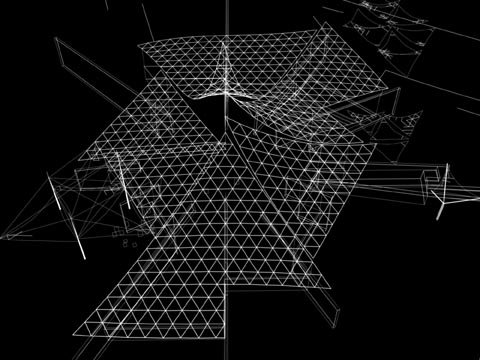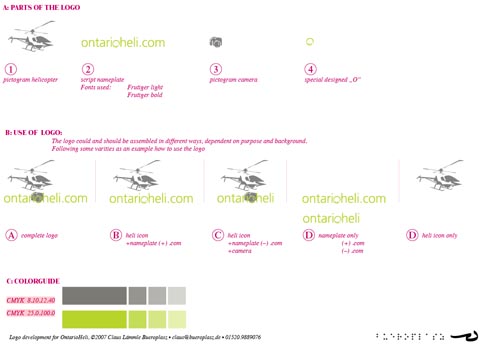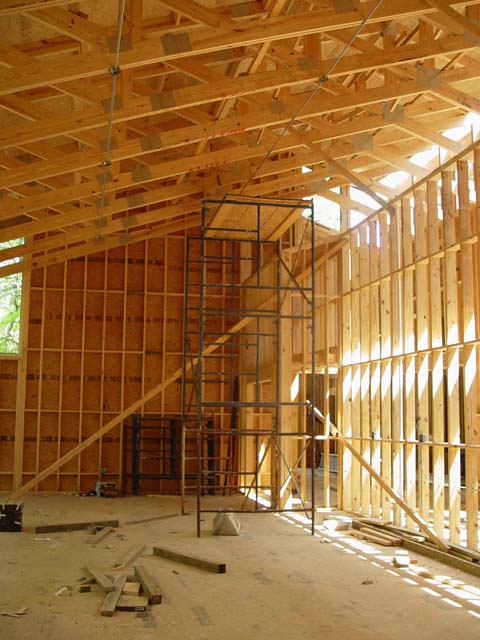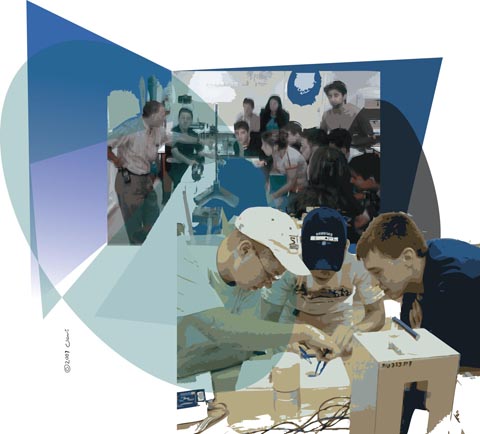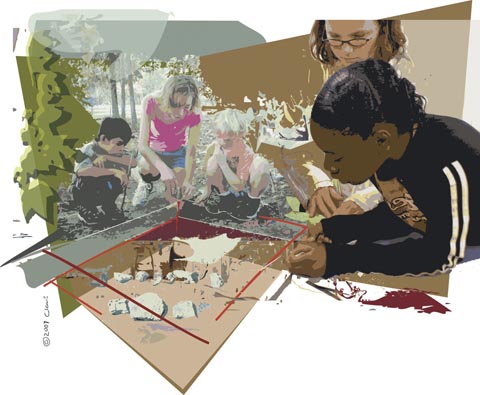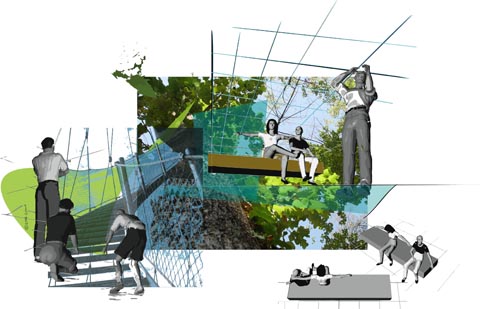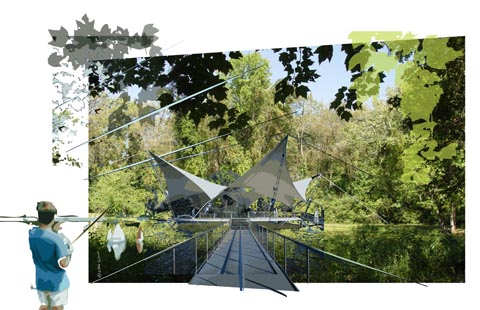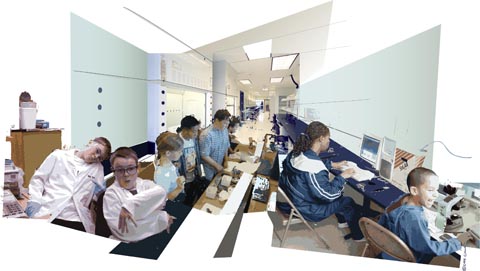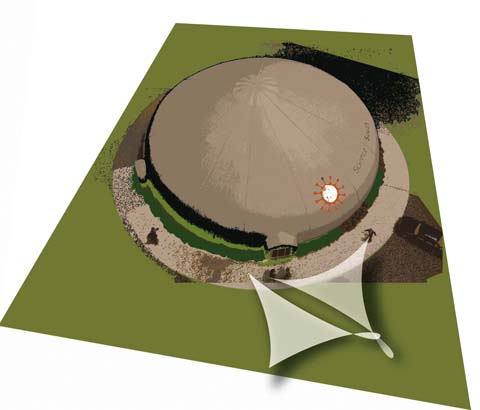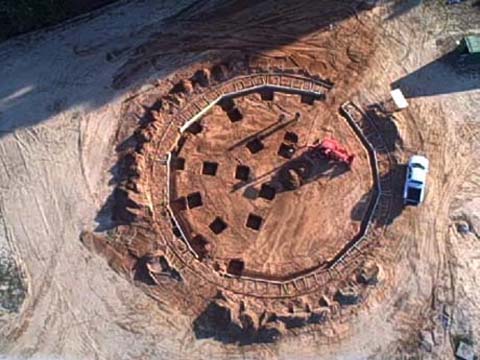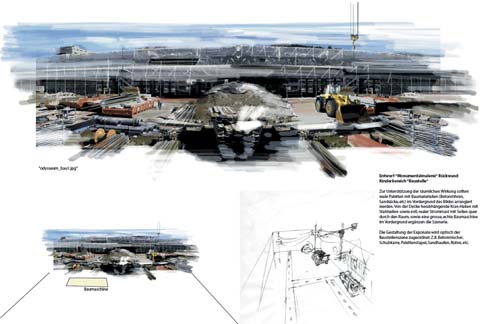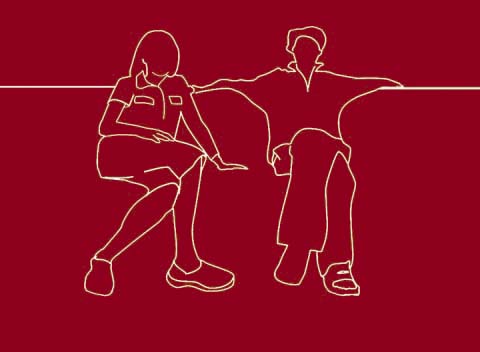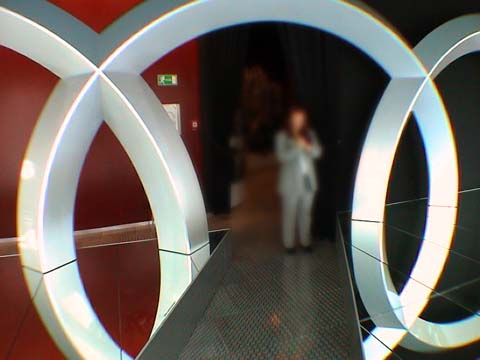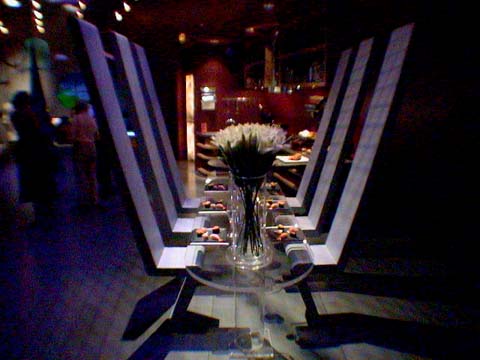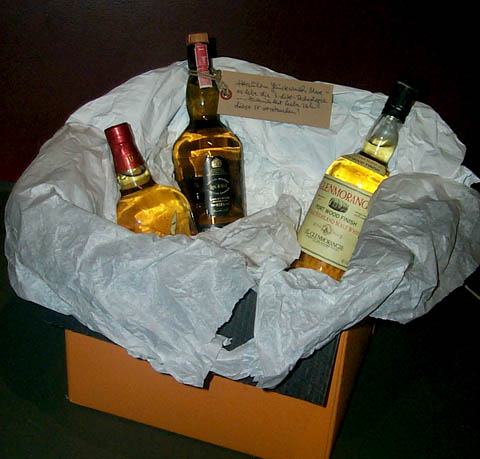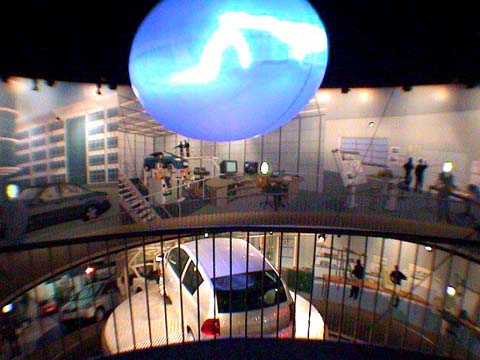That is why design, scenography, film, photography and painting are gathered on our palette.
Generally, design in exhibitions is thought that humans receive meaningful information, after their brain receives stimulus from the environment. In fact, however, information exists in the environment itself. In other words, our perception and recognition are activities to get information directly from the environment, not creating the information in the brain.
When we recognize something, we search it from the environment. And the environment is the place where ‘information’ of ‘continuation and changes’ exists, not the place where stimulus which will not have any meaning unless processed in the brain, inhabits. Recognition is not what we are forced to receive; it is what we try to get and discover. We perceive most of the things by the brain and not by the eyes.
When we were children, everyday was full of discovery. We were actively looking at things and not passively. Sketched scene upon travelling, small world in a microscope, favourite toys, someone you like… You had surprises and discoveries more than just perceiving things. “If you look carefully…” you’ll see, that there are many surprises and discoveries in our surroundings. Nothing is the same as yesterday, neither your room, nor the roads you take, streets you stroll…We now live in a world of abundance.
Therefore, we tend to lose vision of the future since people’s values have been diversified. Our modern society produces both ignorance and arrogance. We think design will help us appreciate various stimuli and discovery in living daily life. We have to propose infinity and possibilities, we have to engage people´s brains.
We would like to propose a new direction of design: from seeing things passively to looking things actively.Design, we think, is not just shape, colour or function, or even the combination of these, but is a concept which directly connects to one’s subconscious. A human being will become mentally affluent if design is embedded in space, objects, and all the creatures on earth, allowing us to realize the real significance of design in daily life. We believe that, in a word, design is “attachment”, and its higher concept is stimulus and discoveries.
So, if we, the designers create surprising environments where people’s natural (hidden) capability of discovery will be stimulated, we will force them to see with their brains – in other words: not just seeing but receiving and processing information, given by the entire environment.
However, we strongly believe in the power of “full spectrum impact” in order to make the visitors experience unique.
What we want, is the most intuitive, sensitive, and creative communication between senders and receivers – finding a keyword to the fascinations, the wonderings and all the mysteries in life. People will be stimulated, and be given new ideas, feelings and enjoyment. Design sometimes has more impact than any words. If people are inspired by it, design serves real purpose. Scenography, in its sensorial and creative apprehension, is today, more than ever before, fundamental and essential if we want to establish a viable connection with science in general and with technology in particular. Educational valid metaphoric statements grow organically out of the entire visual and auditory world of an exhibition. Bueroplasz (Machen ist Wissen)
